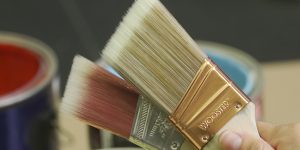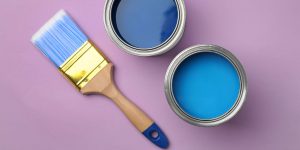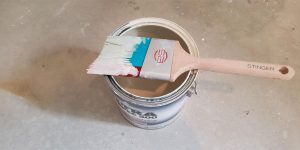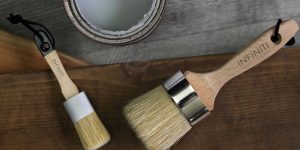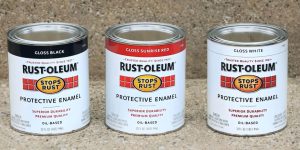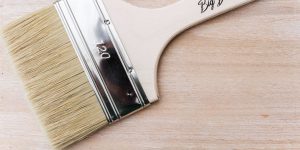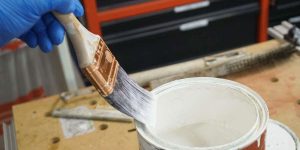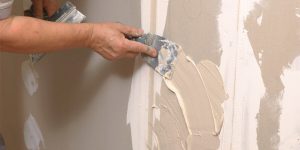Hey there, fellow DIY enthusiasts and home improvement specialists! Today, we’ll dive into an important question that often pops up during the painting process: How long after primer can you paint?
Think of a primer as a secret weapon that helps you achieve a flawless finish. It does more than just hide imperfections; it also helps the paint stick better, makes it more durable, and gives it a smooth and even look. Trust me, using a primer correctly will make a big difference in the final result of your painting!
So, how long does primer take to dry, you might ask? Let’s break it down.
Factors affecting drying time for primer
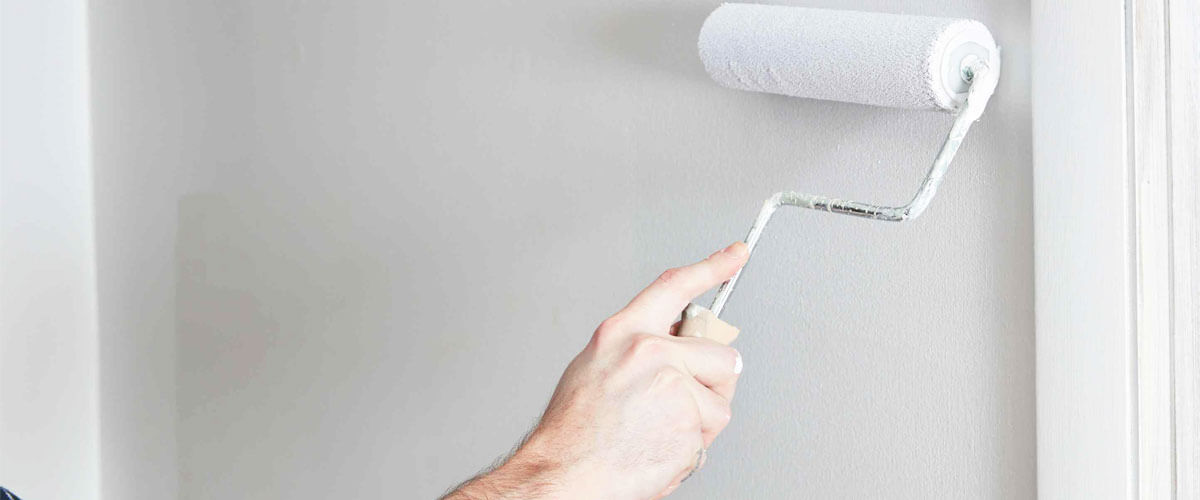
Primer type
Did you know that not all primers are created equal? Indeed, the type of primer you choose can significantly impact the drying time. There are different types of primers available, such as oil-based, water-based, or shellac-based primers. Each of these has its unique drying characteristics. For instance, oil-based primers tend to have a longer drying time than their water-based counterparts.
Surface porosity
Porosity refers to the extent to which the surface can absorb the primer. More porous surfaces, like bare wood or unfinished drywall, tend to absorb primer more quickly. This absorption can lead to faster drying times. Conversely, less porous surfaces, such as pre-painted walls or sealed wood, may have a longer drying time since the primer has less surface area to cling onto.
Environment
- Temperature: Generally, warmer temperatures facilitate faster drying, while cooler temperatures can prolong the process. Aim for a room temperature of around 70°F (21°C) for optimal drying conditions.
- Humidity: High humidity levels can hinder drying time by preventing moisture from evaporating. If the air is too moist, using a dehumidifier or waiting for a drier day before applying primer may be wise.
- Air circulation: Good airflow can aid in drying by promoting evaporation. Ensure the room is well-ventilated, using fans or opening windows when possible. However, avoid strong drafts that could stir up dust particles and affect the quality of the finish.
Manufacturer recommendations
Always check the manufacturer’s instructions and recommendations regarding drying time. They have conducted extensive testing to determine the optimal conditions for their product. Following these guidelines will help you achieve the best results and ensure the longevity of your paint job.
Ideal wait time before painting
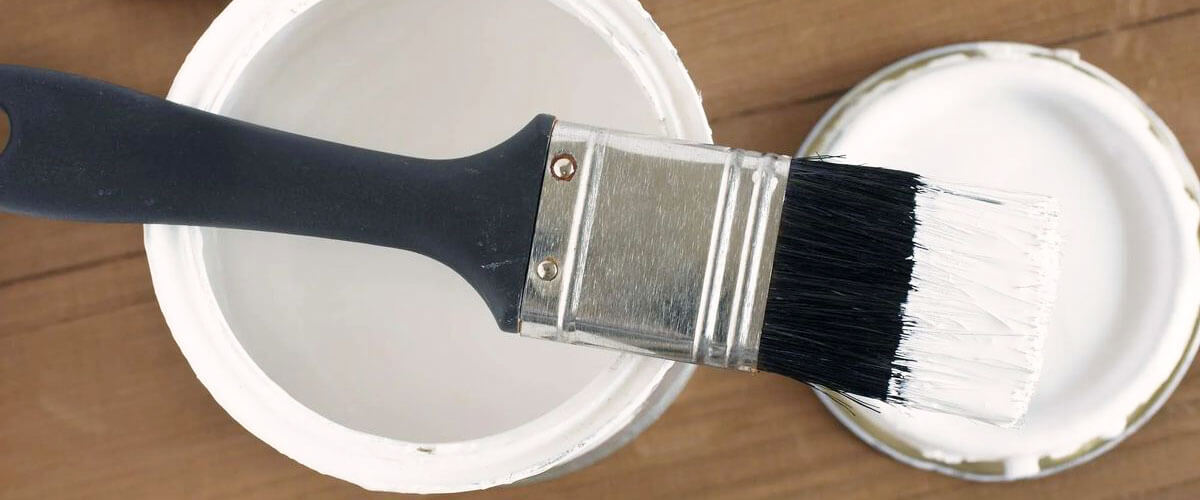
Regarding primers, there are two main types: water-based and oil-based. Each type has its own unique characteristics, including how long they take to dry. Understanding the ideal waiting time for each type will ensure you achieve the best results possible.
- Water-based primers. They are popular due to their quick-drying nature. A water-based primer will usually dry within 1-2 hours. However, I should note that while they may appear dry on the surface, the primer needs ample time to fully cure before you start painting. I highly recommend waiting overnight or at least 4-6 hours after applying a water-based primer before you begin painting.
- Oil-based primers. In most cases, you should expect an oil-based primer to take anywhere from 8 to 24 hours or more to dry, depending on environmental conditions such as temperature and humidity. To achieve the optimal results, you must be patient and let the primer to dry. Rushing the process can lead to paint adhesion issues, resulting in an uneven finish or even paint peeling over time.
Additional considerations
First up, let’s talk about multiple coats. If you’re using a primer, allowing each coat to dry completely before applying the next is important. This waiting time ensures proper adhesion and a smooth finish. Patience is key here, my friends!
Next, we have difficult surfaces. Surfaces with complex details, textures, or high porosity may require extra drying time. This allows the paint to adhere properly and provides better coverage. So, take your time before you paint over the tacky primer.
Now, let’s address the environment. Adverse weather conditions, extreme temperatures, or high humidity can all prolong drying time. They can affect the paint’s ability to dry evenly and may require longer waiting times. Be mindful of the weather conditions in your area and plan accordingly.
FAQ
Can I shorten the drying time for the primer?
I recommend not rushing the drying time for primer as it can compromise effectiveness. Follow the manufacturer’s instructions for the recommended drying time because this allows the primer to sit properly before painting and ensures a better bond with the paint.
What happens if you paint over the primer too soon?
It can lead to various issues. The paint may not stick well, resulting in an uneven and inadequate finish. Additionally, the primer and paint layers may have negative reactions, leading to blistering, cracking, or peeling over time. You need to have the patience to achieve a long-lasting and professional-looking paint job.


